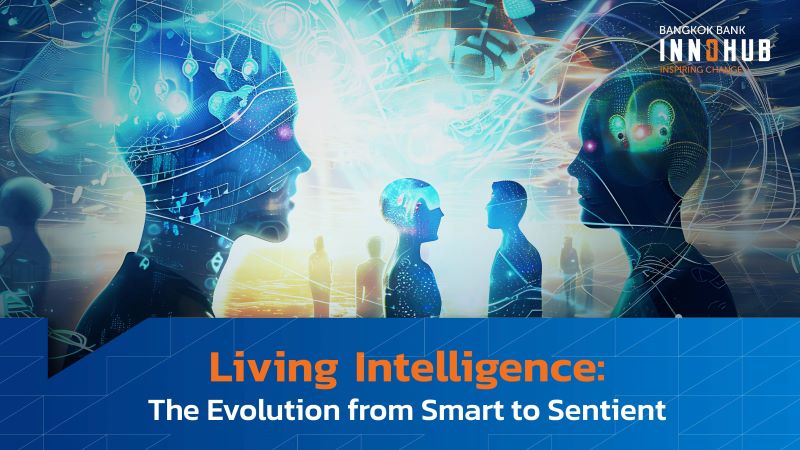The ability of artificial intelligence to read massive quantities of data, identify concealed patterns, and make accurate predictions has made it one of the most useful tools in countering cyber threats. But leveraging AI for cybersecurity also comes with important risks, especially as technology and data-gathering techniques continue to evolve.
Data is increasingly central to modern business operations, from HR and market strategy to customer purchasing information. But loopholes within the digital environment make this data vulnerable to theft or sabotage, threatening not only those whose personal information is at risk, but also the finances and reputation of the companies that are in possession of the data.
Organizations whose data is breached can also be exposed to enormous and costly legal problems, from which it can be difficult to recover. With many companies turning to AI to bolster their cybersecurity efforts, it is worth looking closely at the pros and cons of such a move.
How AI can strengthen cybersecurity
The more valuable the data, the more it is likely to attract attention from malicious actors. Fortunately, AI-driven cybersecurity systems are extremely effective for enhanced threat detection, as they can scan large quantities of data with great accuracy. This activity helps to identify threats and monitor for irregularities, reducing the need to expend significant resources to detect security incidents.
At the same time, AI can provide a general threat analysis of organizational systems, to identify potential security weaknesses. AI’s ability to learn and adapt to its environment can also be of great value here, as it can self-correct in the wake of false alarms and real security threats.
AI can detect and respond to threats quickly because its core processes can be made to include real-time analyses of user behavior and system access, to identify and flag irregularities. This algorithmic supervision culminates in the delivery of instant, automated reports to programmers as potential threats are detected, so that risks can be assessed by experts and dealt with properly. Such a monitoring system can even be effective in the detection of zero-day exploits, as it can identify the symptoms of attacks even when the cause remains unknown.
These preventive measures and rapid response times can reduce potential financial and reputational losses as a result of malware and other cyberattacks.
Vulnerabilities in AI cybersecurity
Yet there is more to the story. To a large extent, the features described above are most effective at mitigating the very threat that AI itself, when in the hands of malicious actors, has created. In the ever-present software-based arms race, intelligent botnets can likewise be made to coordinate attacks, evade detection, and adapt to changing circumstances. Entire systems can be spoofed using AI, while real data sets are exposed to unauthorized input and manipulation.
Moreover, the weakest link in most security systems is the human element. Well-intentioned personnel can be fooled by sophisticated phishing scams, which can lead to back-door access to the AI security system itself, as well as the data sets it is protecting.
Another concern surrounding AI is that it may make incorrect decisions due to inaccurate or biased data. If the AI program is taught or trained using biased data, the system can promote unfair practices that trigger real ethical issues. The importance of implementing logical and ethical reasoning capabilities should not be overlooked during the creation of an AI system, as failures in this area can impair security and decision-making processes.
With in-house AI actively scanning huge stores of company and user data, it routinely gathers personal and other types of sensitive information. If those systems become the target of security breaches, the resulting data leaks can be catastrophic. Severe intrusions often involve private information and intellectual property being stolen, which is then leaked or used for malicious intentions such as blackmail, extortion, or the selling of corporate data. Individuals within the organization should take precautionary measures, following the strong data governance practices put in place by their employers.
Finding balance
AI is a tremendously powerful and useful tool in the world of business, but the cybersecurity shield it creates is by no means impenetrable. As security professionals have known for centuries, complacency will always be one of the most important threats to guard against.
With or without AI, the standard rules of cybersecurity remain paramount. Good data hygiene, maintained by well-trained staff, can have a monumental effect should any sensitive information be targeted by malicious actors. Highly sensitive data should be treated with the care it deserves, and clear processes should be in place for responding to threats once they are detected.
With cyberattacks remaining prevalent across society, individuals and organizations should carefully consider the benefits and risks of AI in their security systems. Just as modern-day cybersecurity would be incomplete without AI, a security plan that relies exclusively on AI would likewise be deficient. The world of hacking and leaks, just like the offline world, is complex and ever-changing — and our security practices should reflect that fact.




